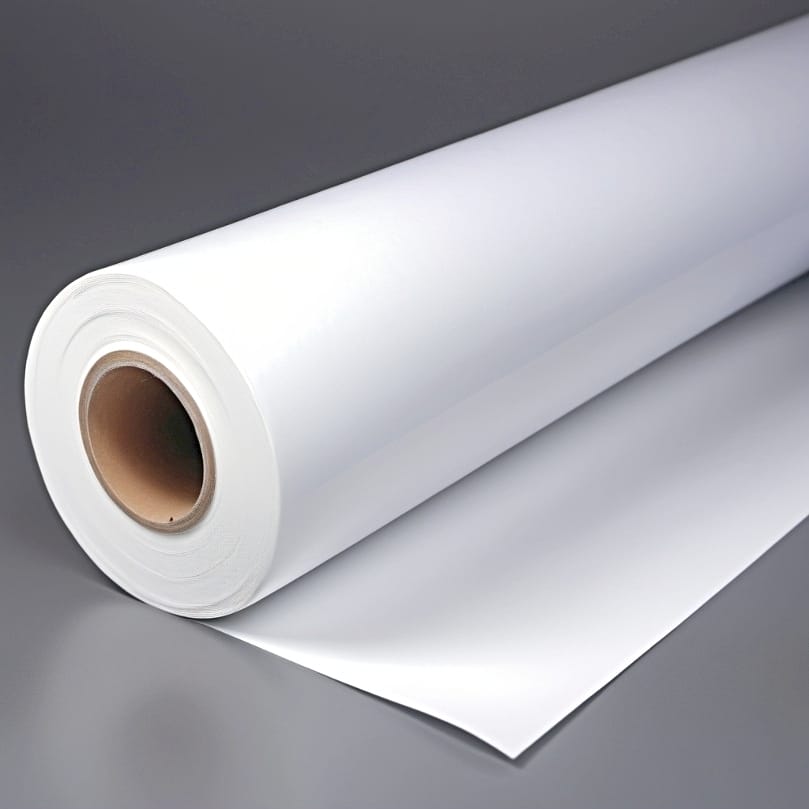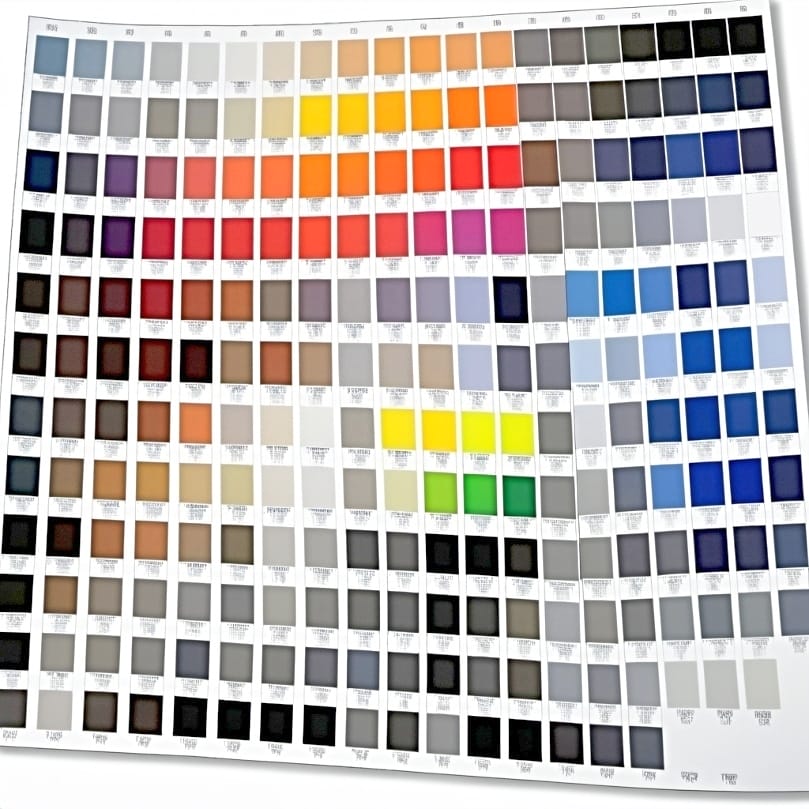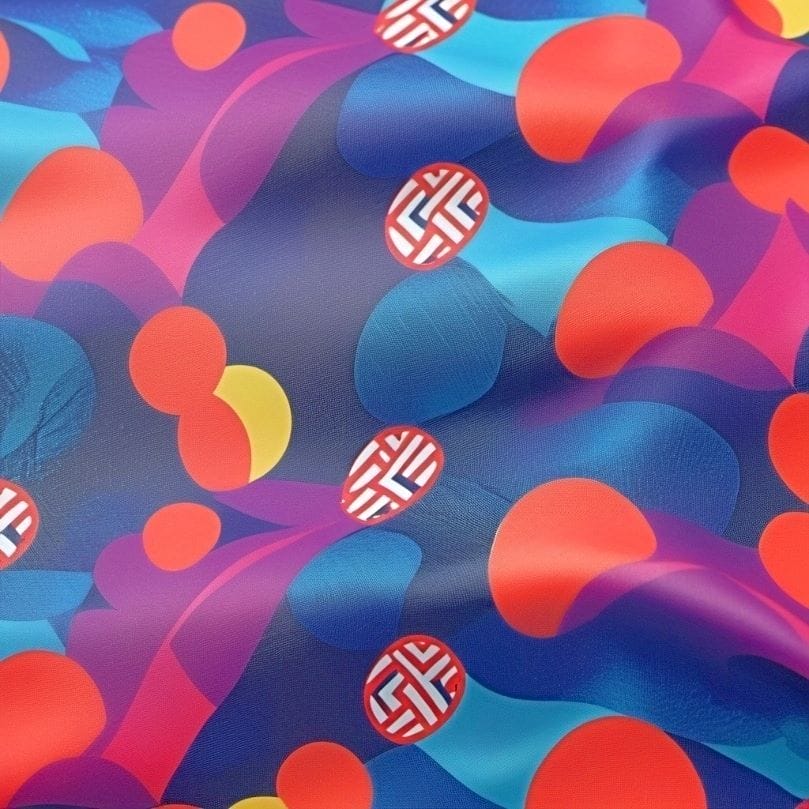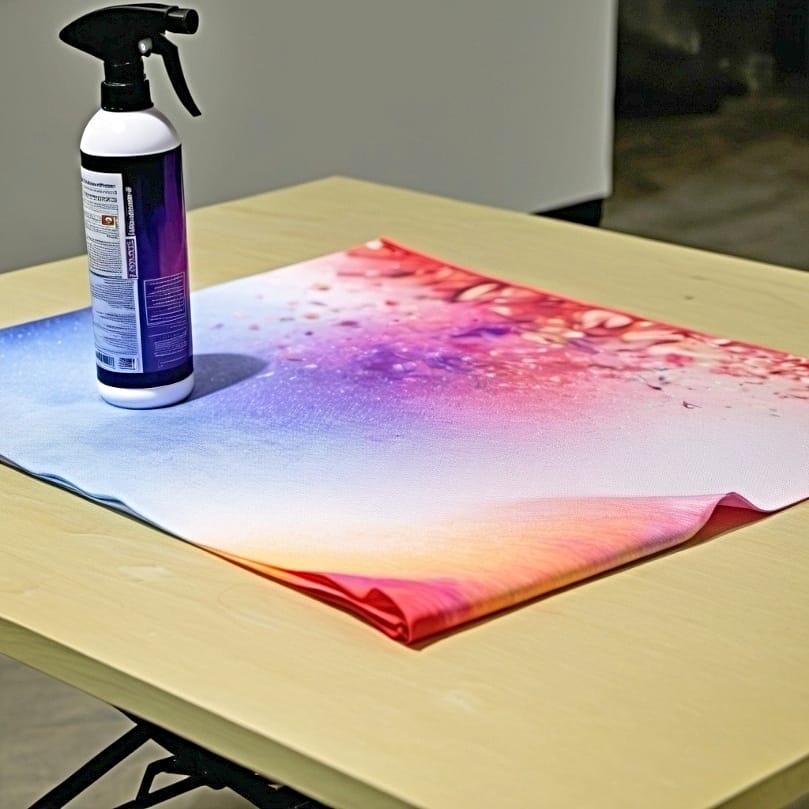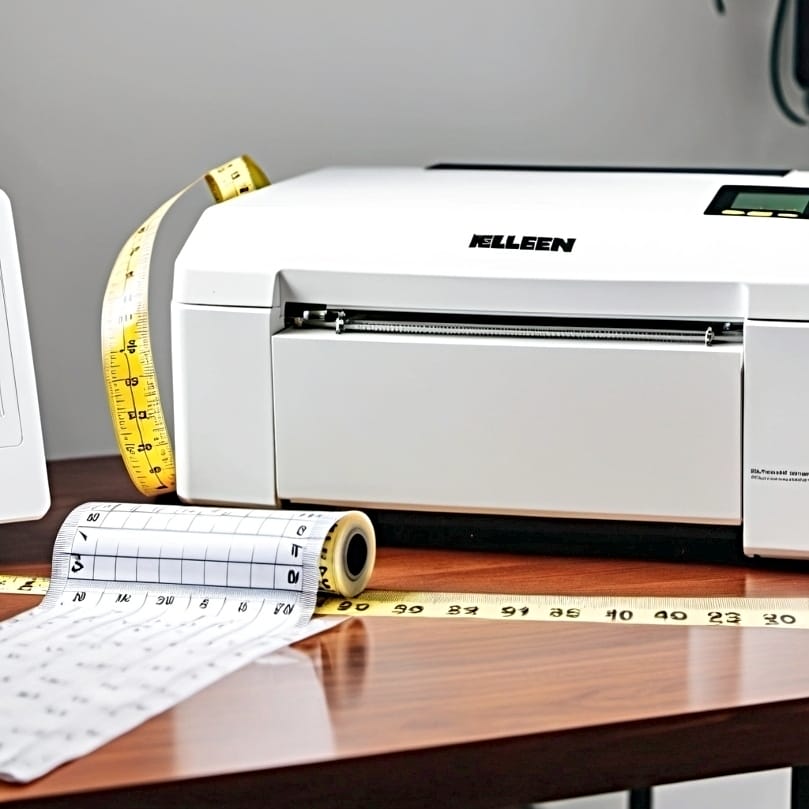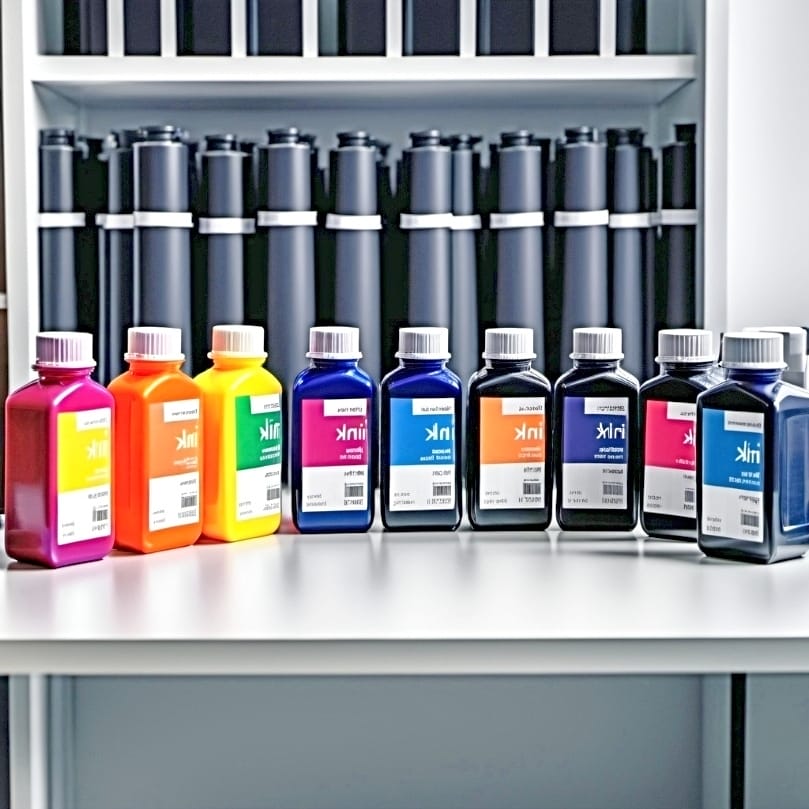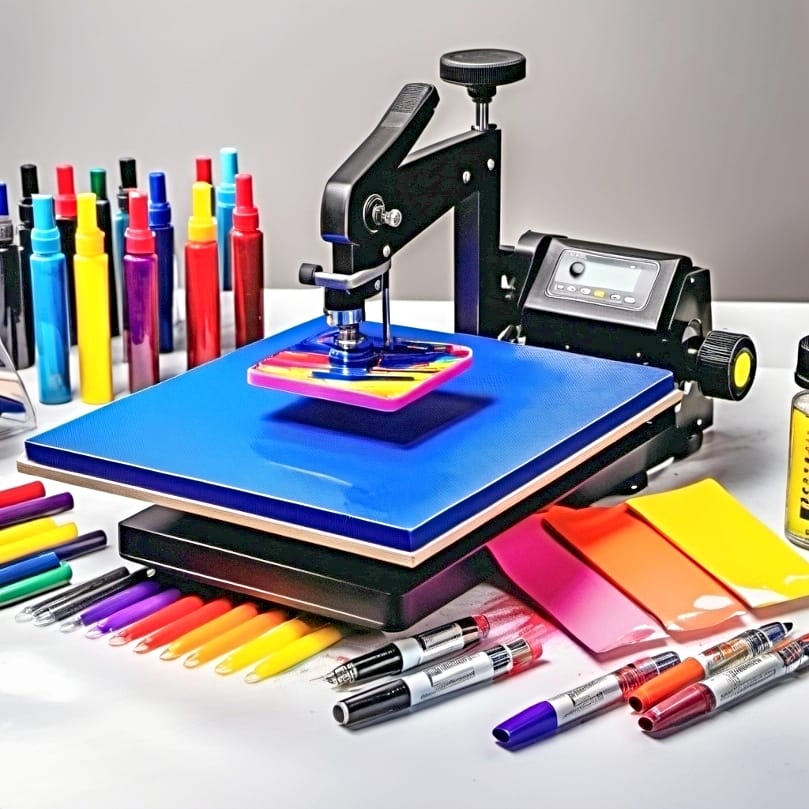Table of Contents
ToggleSo you are considering starting your journey into the world of sublimation? Are you wondering “What is sublimation paper?” Sublimation paper is a key material in dye-sublimation printing, designed to transfer prints onto various surfaces when paired with heat and sublimation ink. It’s not just regular paper; it has a unique coating that reacts to heat, turning ink into gas that bonds to your chosen material for vibrant, lasting designs. This detailed, no-fluff article will explore the intricacies of sublimation paper, its compatibility with different materials, and the printing possibilities it unlocks. Read on as we take a deep dive into the ocean of sublimation!
Key Takeaways
- Sublimation paper, coated with a special polyester layer, is key for transferring vibrant designs to materials like textiles and ceramics using heat.
- Dye sublimation ink, designed to become gaseous under heat, bonds with materials to create permanent, colorful prints, a crucial element of sublimation printing.
- Essential tools for sublimation printing include a specific sublimation printer, sublimation paper, dye sublimation ink, and a heat press machine, all contributing to the creation of unique and lasting designs.
Understanding Sublimation Paper: A Comprehensive Overview
Our first focus is the sublimation paper, the star of the show! Also known as sublimation transfer paper, this isn’t your everyday paper. When heated, it allows you to create vibrant and detailed prints on various materials. It’s the special polyester coating, sometimes referred to as thermal transfer paper, that does the trick. It absorbs the sublimation ink and keeps it in place when heated, ensuring your print transfers efficiently. In addition to sublimation paper, laser transfer paper is another option for transferring designs onto different surfaces.
This specialty paper and dye sublimation ink combo is a match made in printing heaven. The paper’s coating grabs onto the ink and then releases it when heat pressed. The ink turns into gas during this process, ensuring a smooth transfer onto your project material. With sublimation paper, your creativity knows no bounds. You can print designs on:
- textiles
- ceramic mugs
- glass sheets
- polyester mouse mats
- cushion covers
The Importance of Dye Sublimation Ink
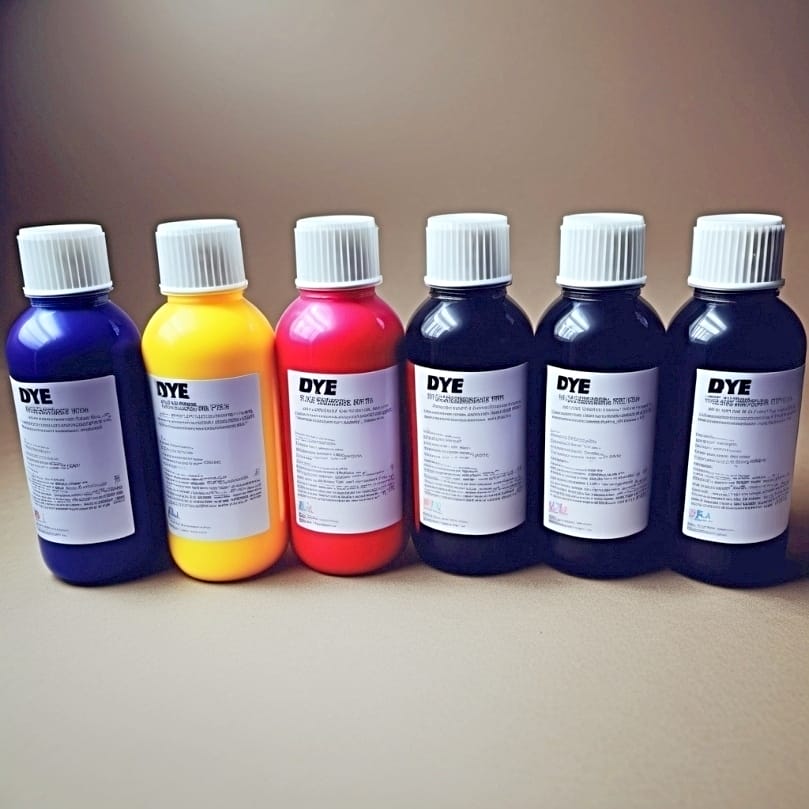
Moving on to the dye sublimation ink, it’s the heart and soul of sublimation printing. This unique ink prints on sublimation paper using a specialized printer. When heat pressed, it turns from solid to gas, bonding with the material to create a permanent, vibrant print.
Unlike regular printing inks, dye sublimation ink contains dye particles in a liquid carrier. This composition allows it to change directly from a solid to a gas, bypassing the liquid phase. The sublimation ink turns into gas and permeates the material, creating bright, long-lasting sublimation prints. This is what gives your designs their stunningly vibrant colors and longevity when using a dye sublimation printer.[1]
Essential Equipment for Sublimation Printing
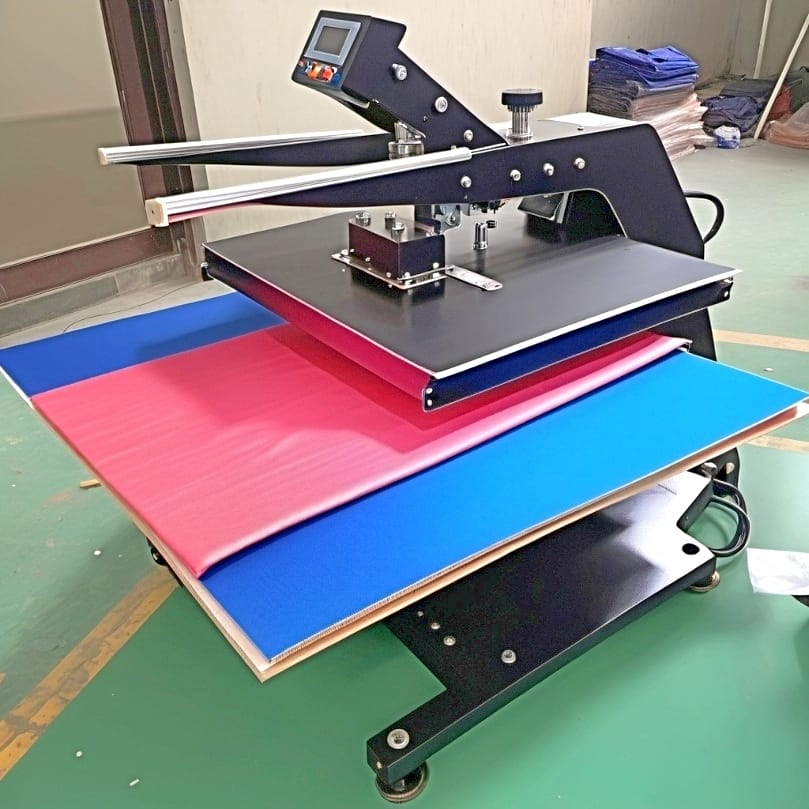
Wondering what you require to kickstart your sublimation printing journey? Here are the essentials:
⫸ Click Here For Best Selling Sublimation Printers And Products ⫷- Sublimation printer
- Dye sublimation ink
- Sublimation paper
- Heat press machine
If you’re just starting, the Epson WorkForce WF-7720 and Epson F170 are excellent choices. They’re user-friendly, ideal for hobbyists, and compatible with both sublimation transfer paper and inkjet heat transfer paper.
When it comes to sublimation paper, quality matters. Sources like The Country Chic Cottage, Hayes Paper Co, and Coastal Business offer top-notch sublimation paper.
Don’t forget the heat press machine! Ensure it’s stable, versatile, and compatible with different materials and transfer types for a smooth printing experience.[2]
Step-by-Step Guide to the Sublimation Process
Armed with the necessary tools, let’s delve into the sublimation process. First, bring your design to life using a tool like Photoshop or Canva. Once your design is ready, print it onto sublimation paper using your loaded sublimation printer.
Next, use your heat press machine to transfer the design onto your chosen material through the heat transfer printing method. The heat and pressure from the press cause the sublimation ink to turn into gas and permeate the material, resulting in a vibrant, long-lasting print. Remember, heat and pressure are key players in this printing process.
Creative Project Ideas Using Sublimation Paper

Ready to unleash your creativity? With sublimation paper, a myriad of possibilities awaits you. From custom apparel to home décor, the sky’s the limit. Here are just a few ideas to get you started:
- Custom t-shirt designs
- Personalized mugs
- Unique phone cases
- Customized mouse pads
- Vibrant wall art
- Customized puzzles
Picture this: A unique t-shirt design, created using sublimation print technology, printed with sublimation paper and ink, heat pressed onto a blank t-shirt, resulting in a stunning printed image. Let your imagination run wild and explore all the amazing things you can create with sublimation paper.
Not into apparel? How about home décor? Create stunning designs for ceramic tiles, glass sheets, or aluminum panels to add a personalized touch to your space. With sublimation, you can also create personalized gifts like custom mugs, photo keepsakes, magnets, puzzles, and keychains. The possibilities are endless!
Tips and Tricks for Successful Sublimation Printing
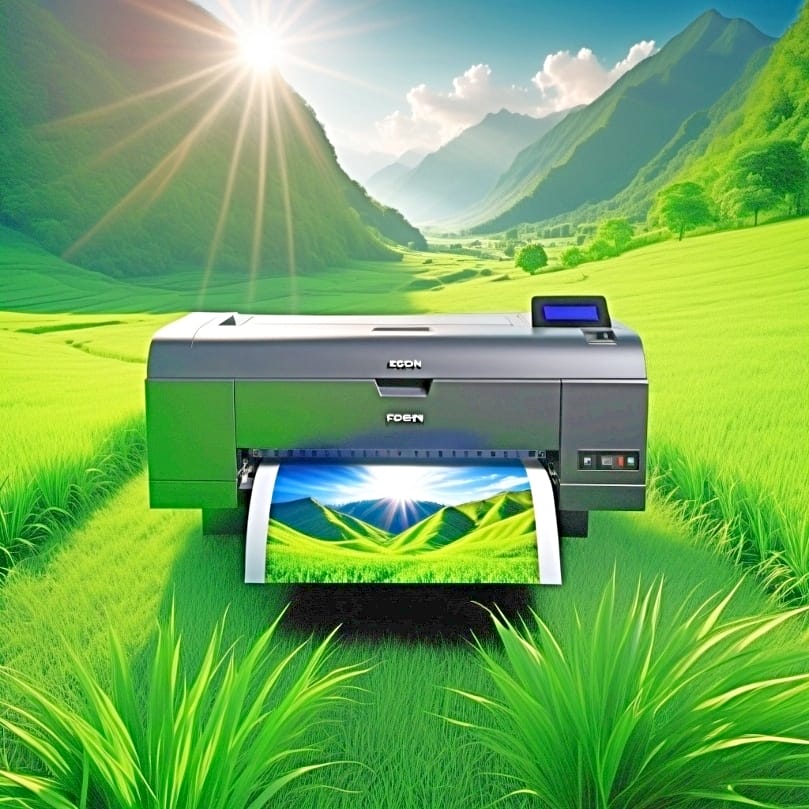
To maximize your sublimation printing experience, keep these tips in mind: Choose the right sublimation paper, considering cost, weight, compatibility with your ink and material, and drying time. Always mirror your image before printing to ensure it appears correctly on the final product.
When pressing, ensure you use the correct temperature and pressure settings to avoid issues like ghosting, blurry or faded images, and banding from a clogged printer nozzle. Pay attention to these details, and you’ll be on your way to creating vibrant, lasting sublimation prints.
Choosing the Right Printer for Sublimation Printing
The right printer for your sublimation needs can truly be a catalyst for change. If you’re looking for popular choices, the Sawgrass Virtuoso SG500, DNP DS620A, and Epson SureColor SC-F170 are top contenders. These printers handle high temperatures, produce high-quality prints, and are compatible with your operating system and wireless capabilities.
But what if you already have an inkjet printer? You can easily convert it for sublimation use by ensuring it has the right print head and filling it with sublimation ink. The key is to find a printer that fits your needs and budget without compromising on quality.[3]
Sublimation Paper vs. Heat Transfer Paper: Which One Is Right for You?
It’s time to draw a comparison between sublimation paper and heat transfer paper. Heat transfer paper is beginner-friendly and compatible with inkjet or laser printers. However, it might not be ideal for large volumes, and the prints might fade easily.
On the other hand, sublimation paper produces superior prints with more vibrant colors and longevity. While the upfront cost might be higher, it could save you money in the long run. This comparison will help you decide which method suits your specific needs and projects.
Working with Sublimation Blanks: What You Need to Know
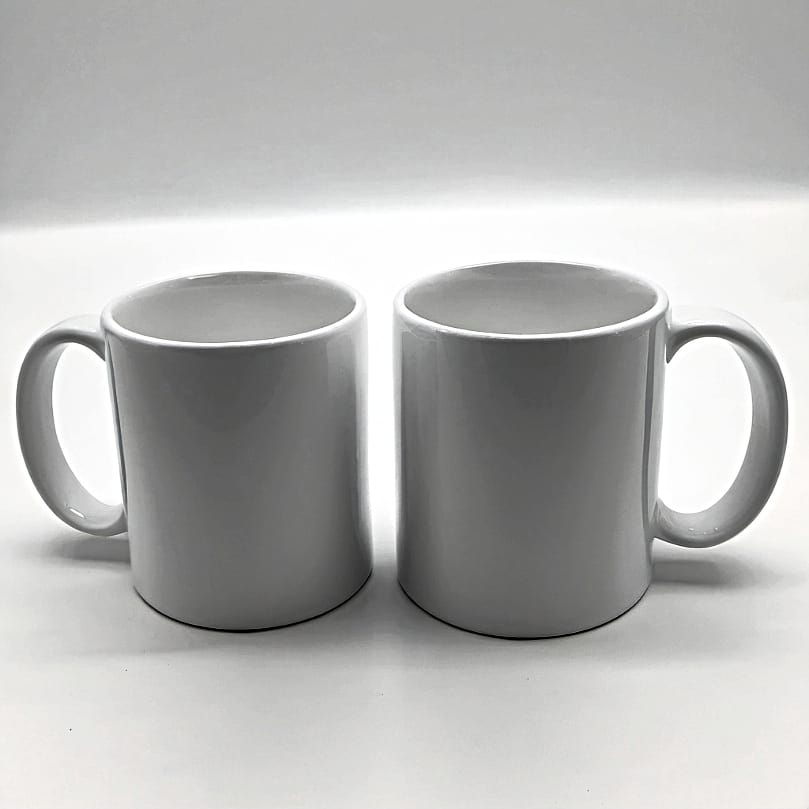
Consider sublimation blanks as the canvases breathing life into your designs. They enable the ink to stick properly, don’t fade, and provide a smooth and soft finish, thanks to their polymer coating.
There’s a vast array of sublimation blanks to choose from, including:
- T-shirts
- Mugs
- Phone cases
- Keychains
- Puzzles
- Metal panels
When choosing a blank, consider if its surface is suitable for sublimation printing and if it aligns with your interests.
How to Print on Dark or Cotton Fabrics with Sublimation Techniques
Sublimation isn’t limited to light fabrics or polyester alone! Dark or cotton fabrics can also be printed on with special techniques. To sublimate on dark fabrics, use Subli Flex sheets or white heat transfer vinyl as a base. Don’t miss our reviews on selecting sublimation paper for dark fabrics.
For cotton fabrics, use white heat transfer vinyl and follow the manufacturer’s instructions for temperature and pressure settings. Alternatively, you can use a sublimation coating spray or Easysubli, a special kind of vinyl made for sublimation inks. Just remember, the ideal temperature range is usually around 375°F to 400°F, with light to medium pressure for 40 to 75 seconds.
Caring for Your Sublimation Prints: Maintenance and Longevity
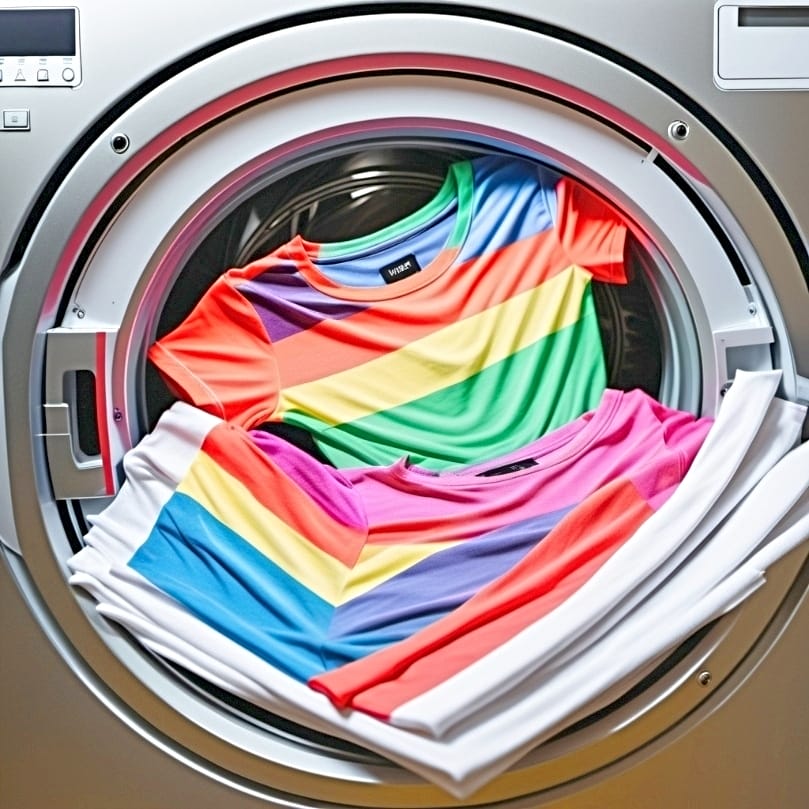
After creating your exquisite sublimation prints, maintaining their freshness and vibrancy for an extended period becomes paramount. Caring for your prints includes handling them carefully after printing, storing them in a cool, dry spot, and opting for high-quality products for better longevity.
For apparel items, follow these care instructions:
- Use cold water and a gentle cycle in the washing machine.
- Turn the garment inside-out and use mild detergent.
- Avoid bleach or harsh detergents and excessive washing.
- When drying, do it in the shade.
- Keep them separate from other laundry to protect the prints.
To prevent fading, store them in a closed box or bag, wrap them in paper, tissue, or plastic, and use a color protectant spray before washing.
Summary
Wrap up the blog post by summarizing the key points. End with an inspiring phrase to encourage readers to embark on their sublimation printing journey.
Frequently Asked Questions
Can you use sublimation paper in a regular printer?
Yes, you can use sublimation paper in a regular printer, as long as the print head is compatible with sublimation ink. For example, printers with Piezo heads like the Epson L805 series are suitable for sublimation printing.
Is sublimation paper the same as transfer paper?
No, sublimation paper and transfer paper are not the same. With sublimation, the ink becomes part of the fabric, while transfer paper adds a layer on top of the garment. So, they lead to different results.
Is sublimation better than vinyl?
Yes, sublimation is better than vinyl because it produces more durable and long-lasting results, as the design becomes a part of the material, preventing cracking, fading, or washing out. It’s a more reliable option overall.
References
- Wikipedia contributors. (2023b, December 29). Dye-sublimation printing. Wikipedia. https://en.wikipedia.org/wiki/Dye-sublimation_printing
- Oshima. (2023, September 1). How to choose the right heat press for your business? https://www.linkedin.com/pulse/how-choose-right-heat-press-your-business-oshima-official/
- Ackerman, D. (2021, March 9). The best tips for buying a printer that won’t drive you crazy. CNET. https://www.cnet.com/tech/computing/the-best-tips-for-buying-a-printer-that-wont-drive-you-crazy/

